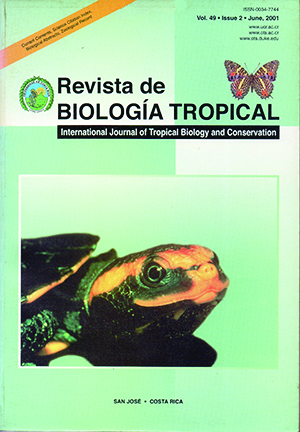Abstract
Five species of Cyprinodon in Laguna Chichancanab, Yucatan, Mexico comprise a young species flock whose ecology and evolution has not been thoroughly studied, but whose existence is threatened with extinction. Species flocks evolve in isolated areas where predators and competitors are absent. Since the description of the Chichancanab flock, Oreochromis mossambicus, a species introduced into the lake for which I examined habitat in the 1980’s, has become common throughout the basin. I assessed relative abundance of flock species in the lake. examined habitat use and segregation among the three most common flock species and examined the affects of O. mossambicus upon flock species habitat use. Cyprinodon beltrani was the most abundant flock species in 1997, followed by C. maya and C. labiosus; C. verecundus and C. simus were rare. Cyprinodon beltrani was found in shallow water, nearshore, over thick beds of submerged Chara, and little emergent vegetation. Cyprinodon beltrani exhibited diurnal variation in nearshore habitat use. In the field, the habitat use of C. beltrani and O. mossambicus broadly overlapped. In aquarium experiments, three flock species exhibited habitat use segregation and C. beltrani and C. labiosus showed agonistic behaviors that strengthened segregation. Cyprinodon maya differed from C. beltrani and C. labiosus by its greater dispersion of individuals and use of areas higher in the water column. The presence of O. mossambicus caused a shift in habitat use by C. maya and C. labiosus that put these species into habitat occupied by C. beltrani. The presence of introduced species has caused a significant perturbation of the conditions that fomented speciation of the Chichancanab flock 8 000 years ago.Comments

This work is licensed under a Creative Commons Attribution 4.0 International License.
Copyright (c) 2001 Revista de Biología Tropical
Downloads
Download data is not yet available.


